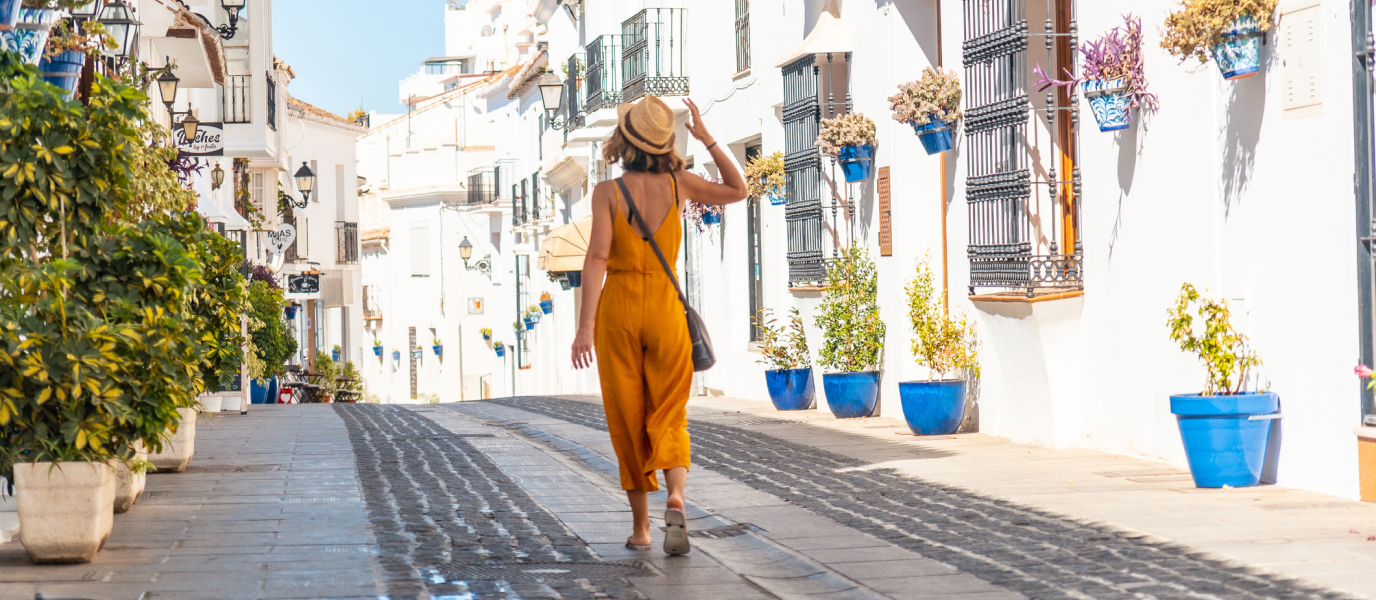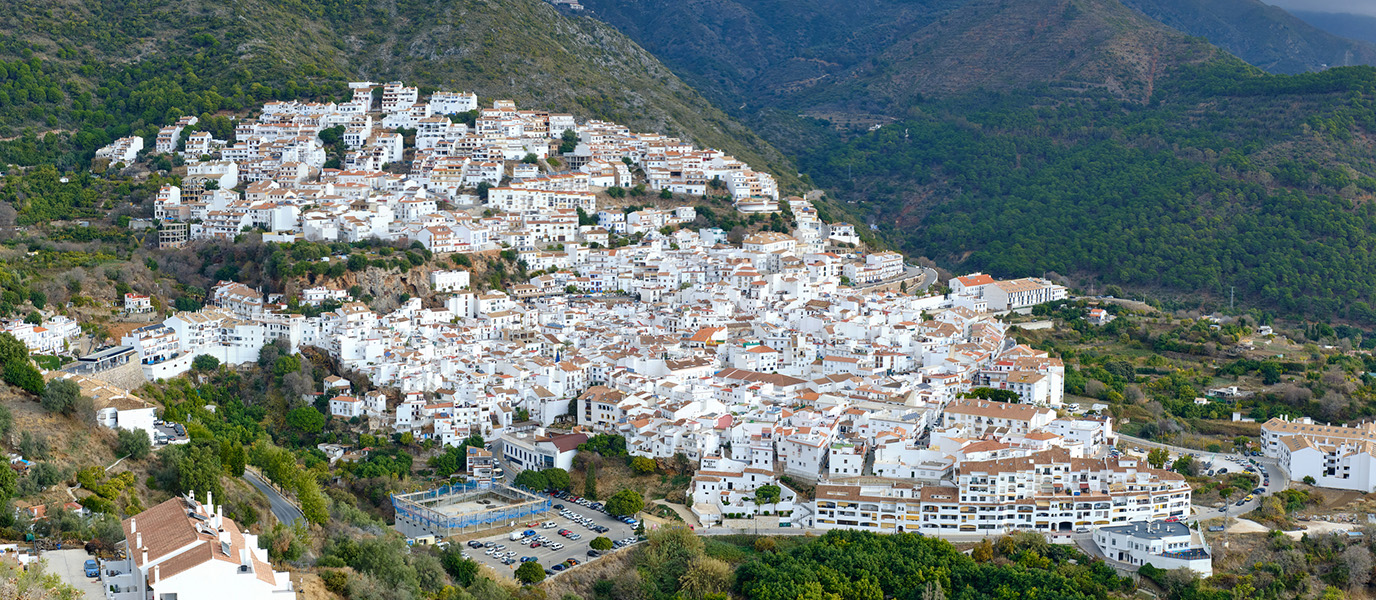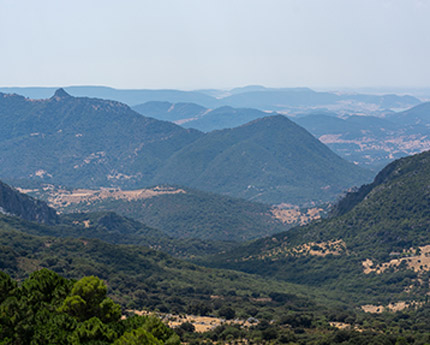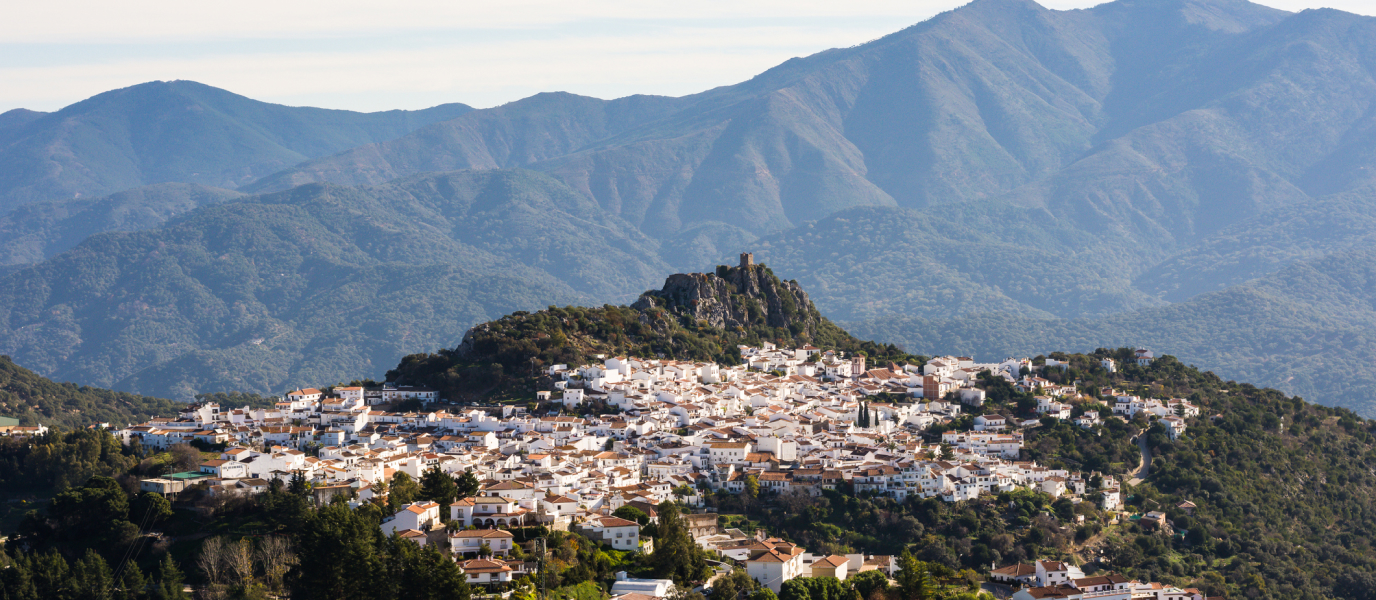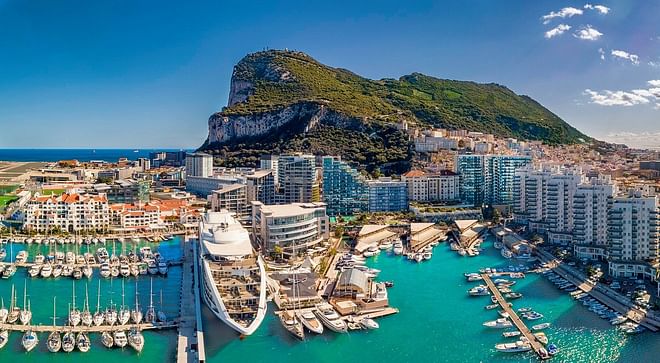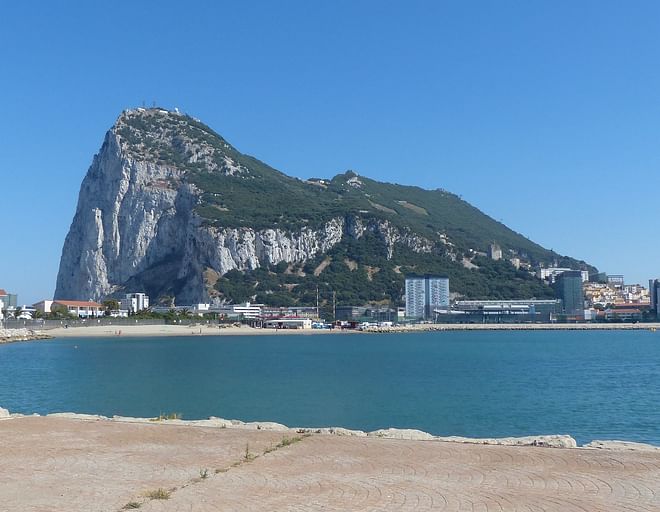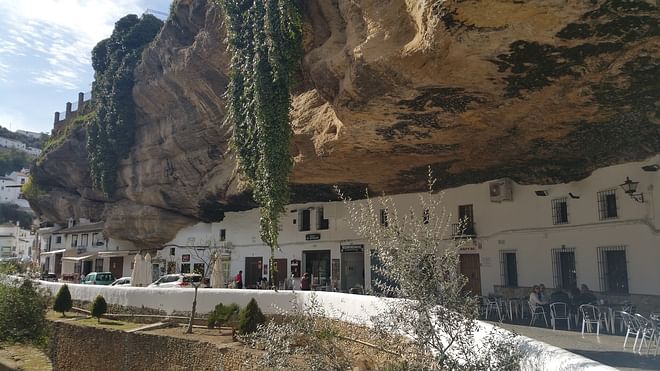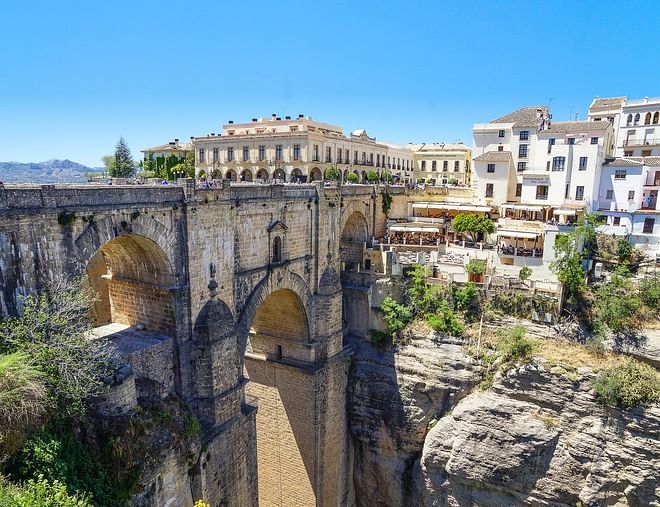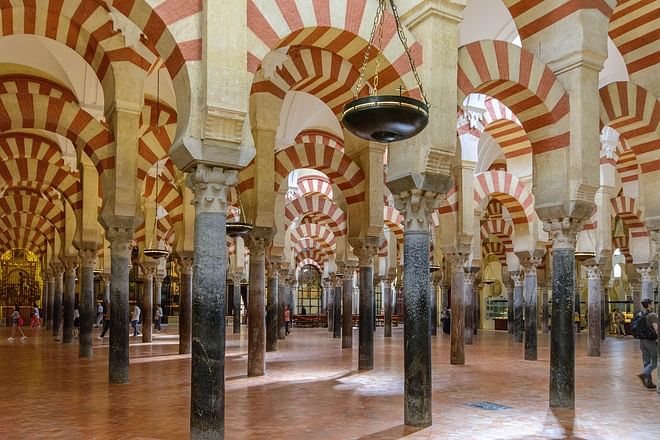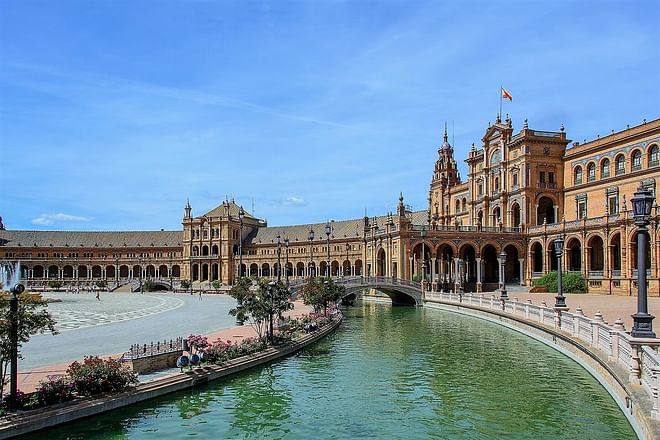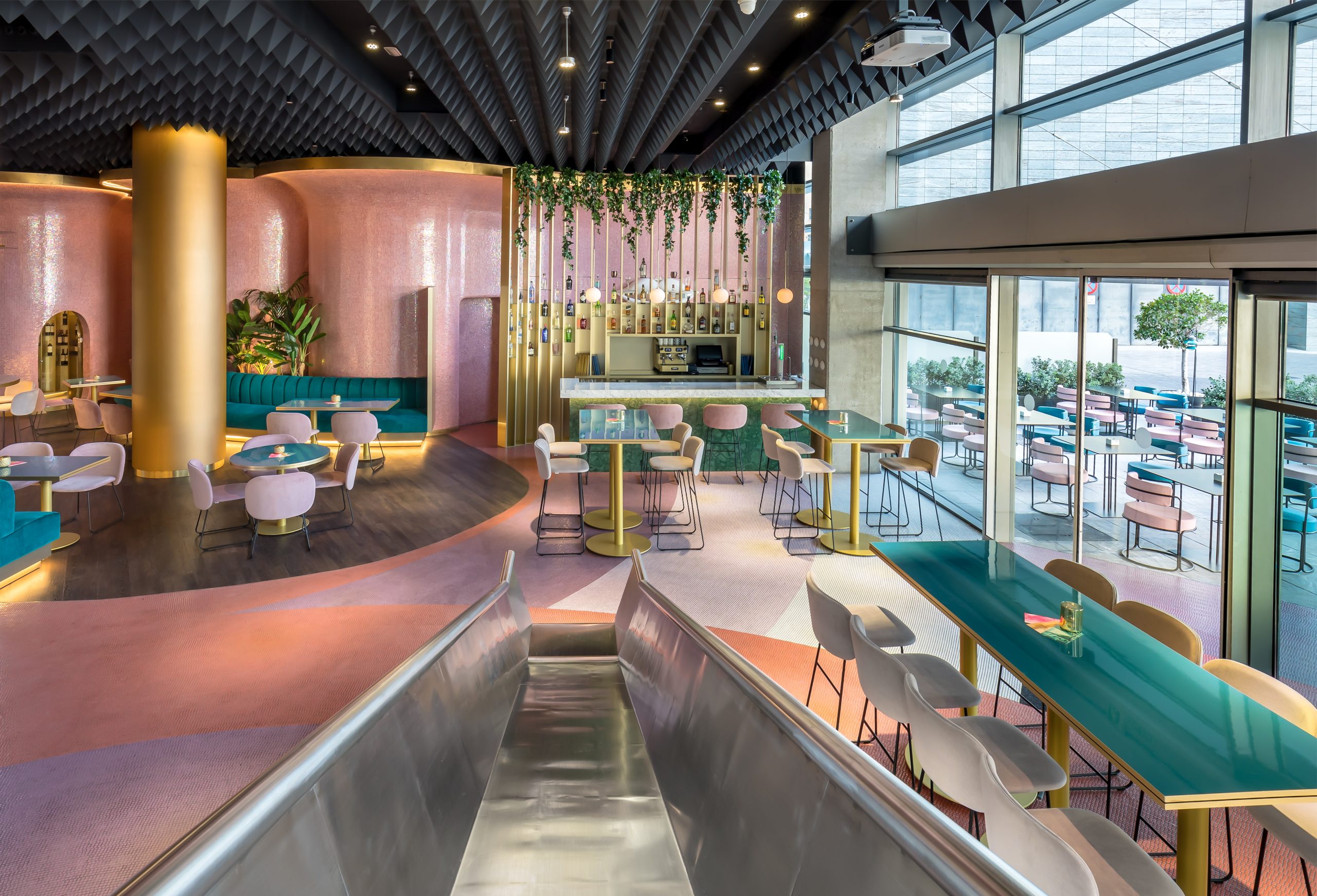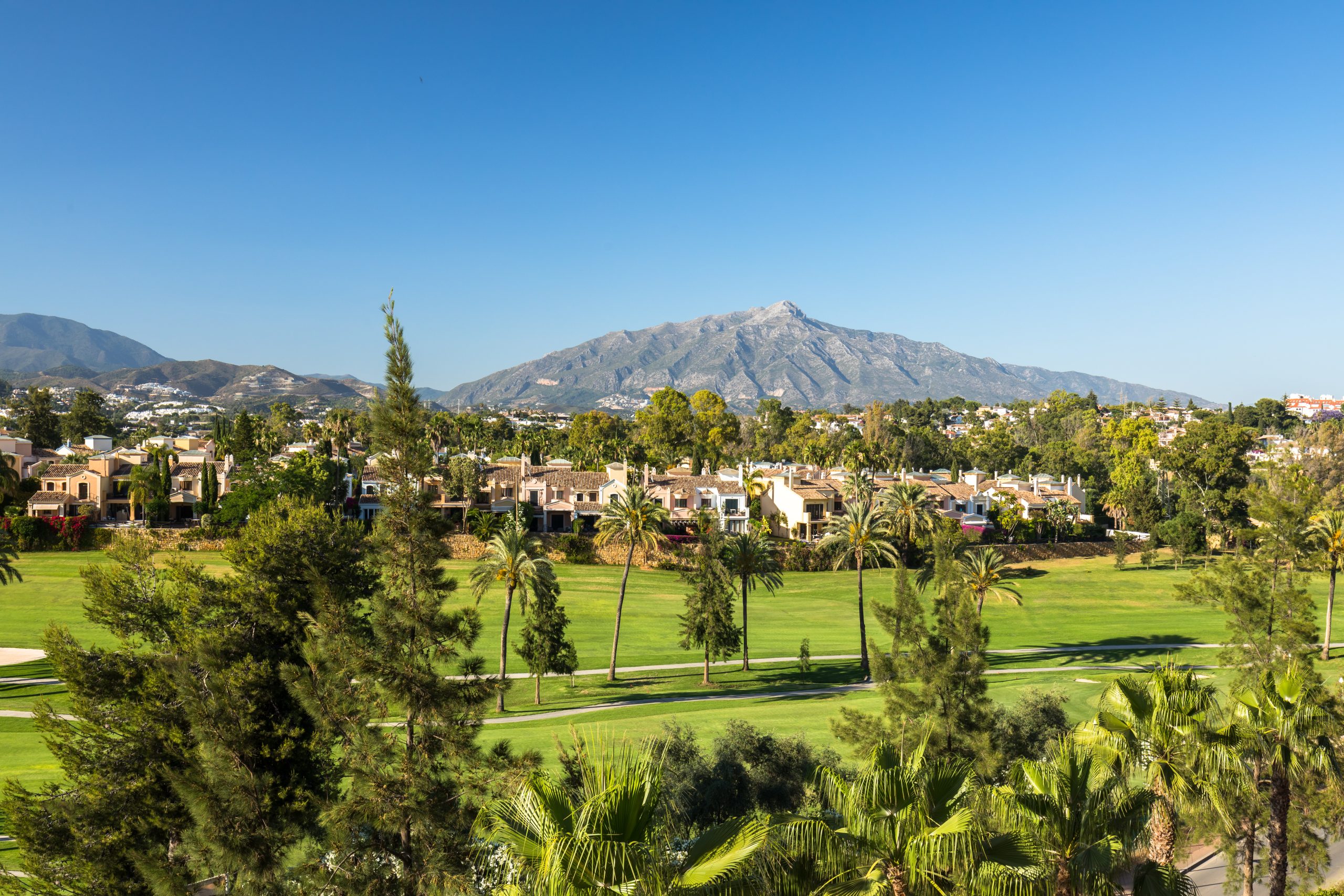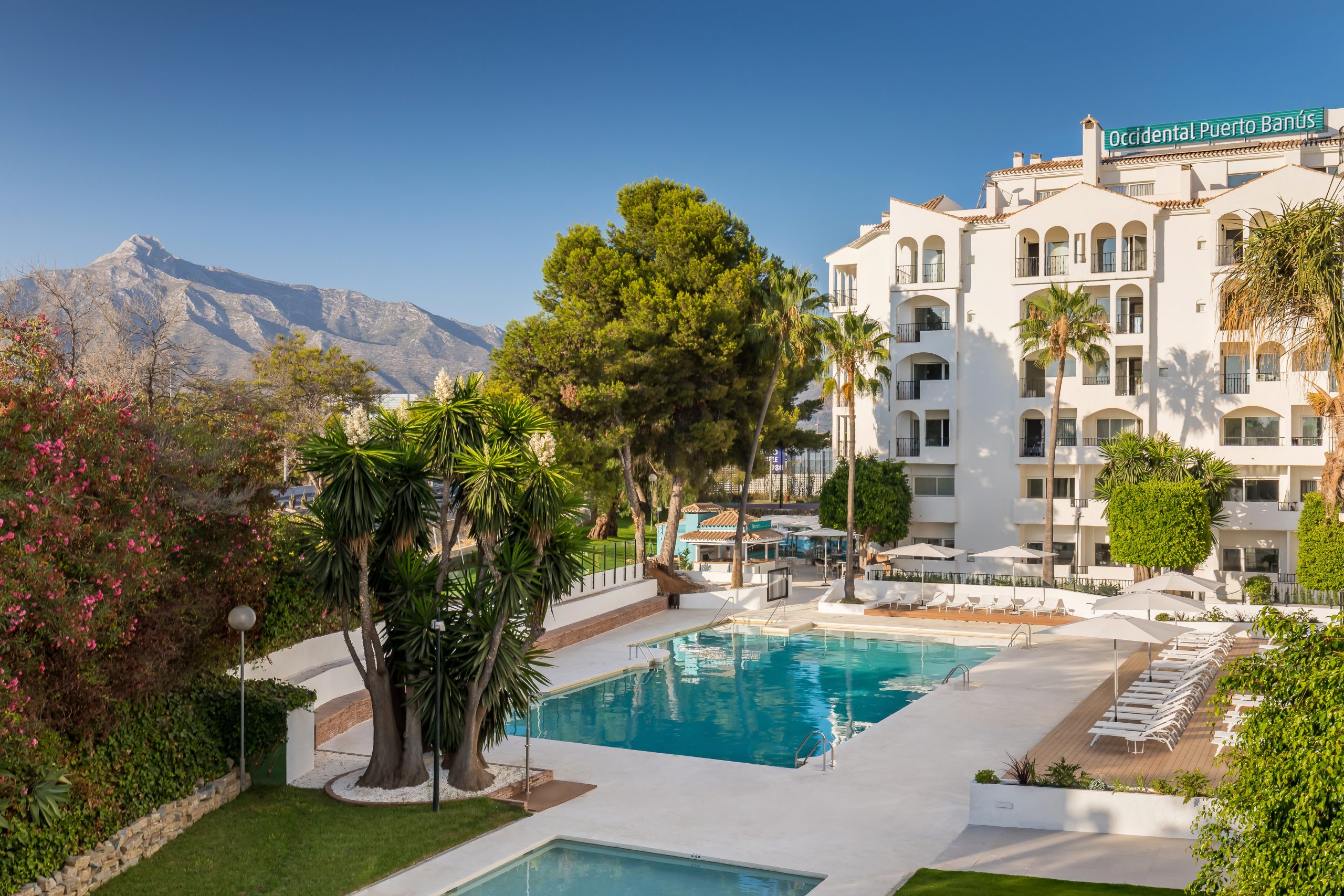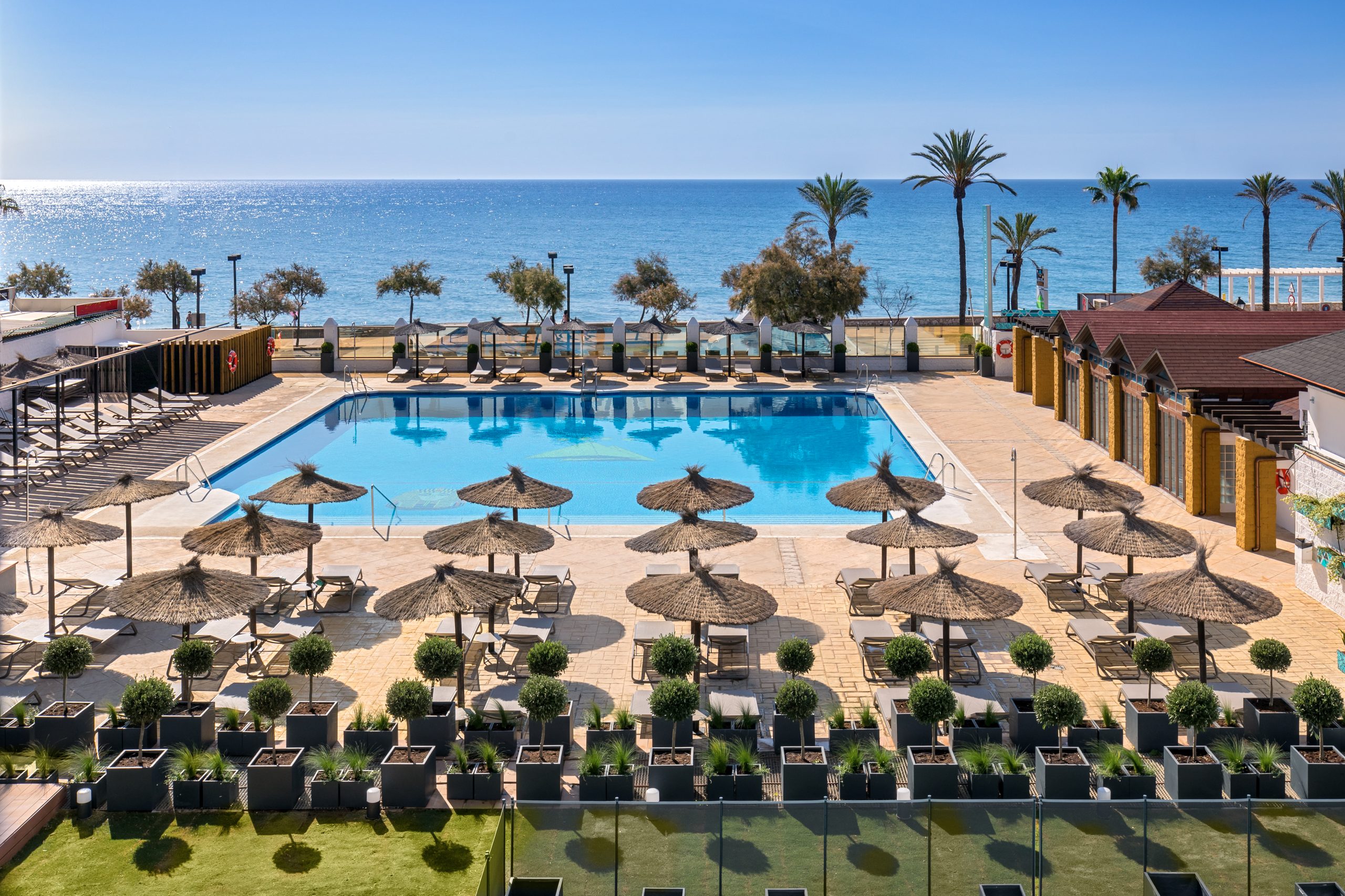Mijas is nestled between the municipalities of Fuengirola and Benalmádena, but higher up and further from the coast. Just a 34-kilometre drive from the city of Málaga, Mijas is located in the mountain range of the same name. From a great height, it looks down towards the Andalusian countryside and the warm waters that bathe the shores of the Costa del Sol.
Mijas is characterised by its labyrinthine network of whitewashed houses, typical of the Andalusia region, as well as a selection of charming patios and churches. It is the ideal destination for those who want a more peaceful atmosphere in the mountains, far from the hustle and bustle of the busier coastal areas but without losing sight of the sea.
History of Mijas
The history of Mijas can be traced back more than 20,000 years. This places the town’s origins in the Palaeolithic period, aligning it with the earliest examples of human activity. Various civilisations have left their mark on this municipality over the last 3,000 years, ranging from the Phoenicians to the Romans and the Arabs.
The name Mijas dates back to the period of Arab rule. Prior to this, under the Romans, the town was known as either Tarnisa or Tarmina. Once the Arabs took over, however, they changed its name to Mixa, which over time became Mijas.

What to see in Mijas
Mijas Old Town
Declared a Conjunto Histórico-Artístico (‘Historic-Artistic Grouping’, in English), Mijas’ Old Town was developed under the period of Arab rule and is characterised by its range of historic structures, churches and chapels. Some of its most famous landmarks include the Mijas Bull Ring, the 17th-century Our Lady of La Peña Sanctuary and the 16-century Church of the Immaculate Conception. The Mijas Town Wall, which marked the outside of an Arab fortress that once enclosed the town, is found on the outskirts of the town. It is now a popular vantage point from where visitors can enjoy spectacular views of the sun setting over the Costa del Sol.
Mijas is also famous for its ‘donkey taxis’, which first started operating in the 1960s and have remained popular with visitors over the decades.
Plaza Virgen de la Peña
Plaza Virgen de la Peña is located in the beating heart of Mijas. Following extensive remodelling work that culminated in 2016, the square was re-named in honour of the 17th-century Our Lady of La Peña Chapel which stands next to the Compás viewpoint.
The square is home to a sculpture of a donkey, in honour of the famous ‘donkey taxis’ for which the town is known.
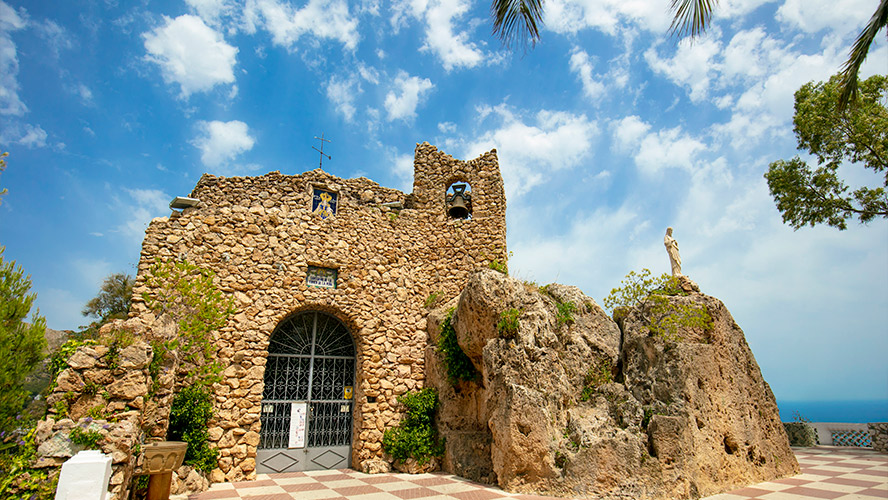
Mijas Fortress
The Mijas Fortress protected the town from enemy attacks over many years. While the exact details of its origin remain unknown, experts are certain that it dates back to the period of Arab rule. However, following the victory of the Catholic Monarchs of Spain in 1487, the fortress was gradually abandoned.
Tourists who visit the fortress can see the remains of several ancient towers and admire its impressive walls. It is also a popular viewpoint, as it offers a stunning perspective of the Costa del Sol.
Mijas Bull Ring
Mijas Bull Ring, which is built upon a rock, is renowned for being one of a handful of oval-shaped bull rings in Spain. It was built in 1900 at the request of a neighbourhood association. Many bull runs were held over the course of the following century, with local residents running ahead of the bulls. However, events of this kind no longer take place.
Mijas Racecourse
Mijas Racecourse, also known as the Costa del Sol Racecourse, opened in the El Chaparral development in Mijas Costa in 1999. Spanning a surface area of 400,000 square metres, it can be accessed directly from the Cala de Mijas and the N-340 motorway.
The racecourse hosts events all year-round, and its stands can hold up to 2,500 people. Besides races, it also puts on events for kids, flamenco shows and other exhibitions. It also boasts a riding school, several cafés and restaurants and a large car park.
Where to eat in Mijas
In addition to the sweet desert wines that are typical of the Málaga region, Mijas is renowned for its first courses. Soup is one of the most characteristic dishes, with popular varieties including garlic soup, cachorreñas (potato, codfish and cachorreño orange juice) soup, maimones (garlic and bread) soup, tomato soup and gazpachuelo (potato, bread and mayonnaise) soup.
If you’re looking for somewhere that isn’t rammed with foreign tourists, you can find several excellent inns, taverns and restaurants in Las Lagunas and the La Ermita industrial estate.



























































